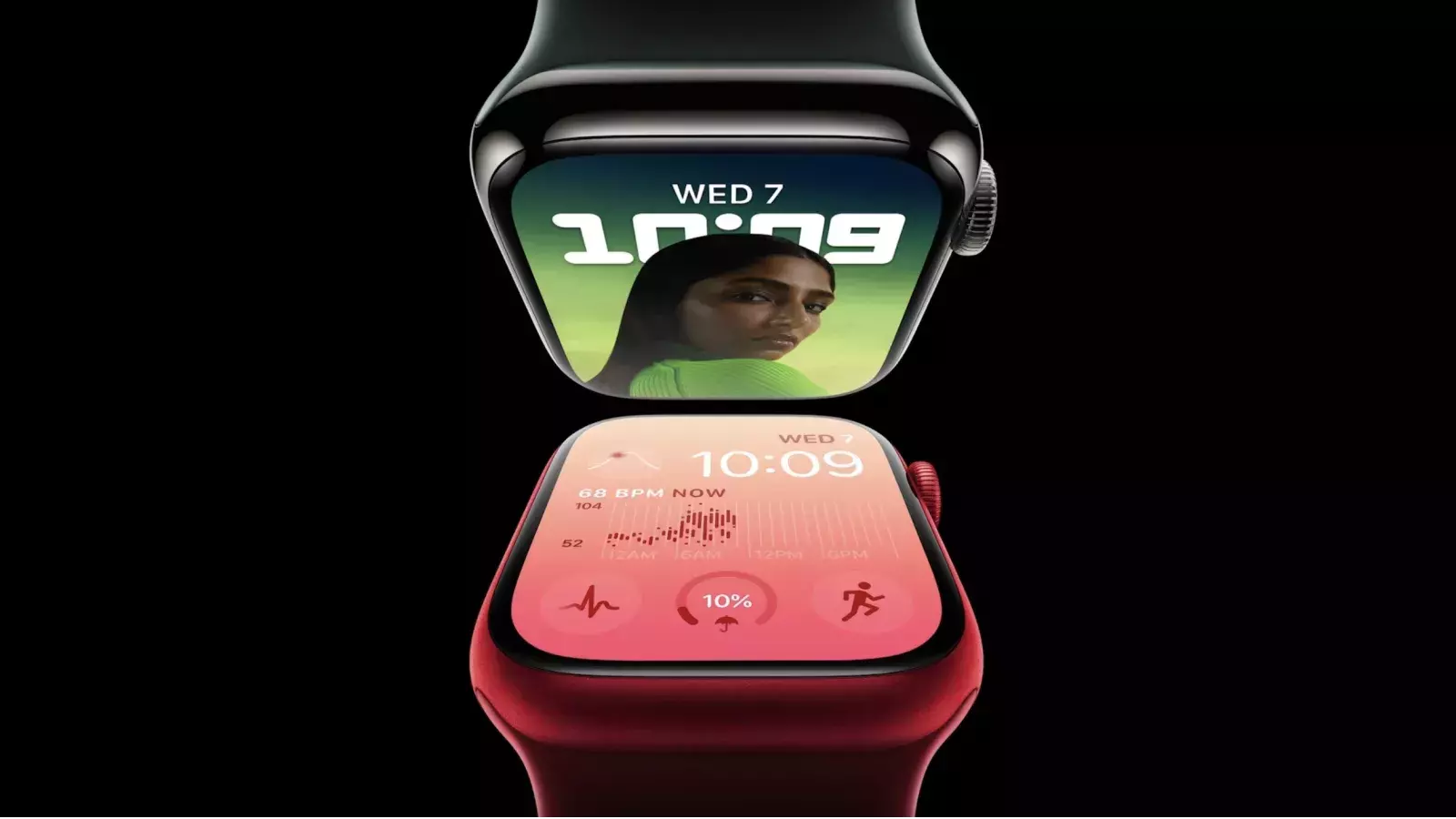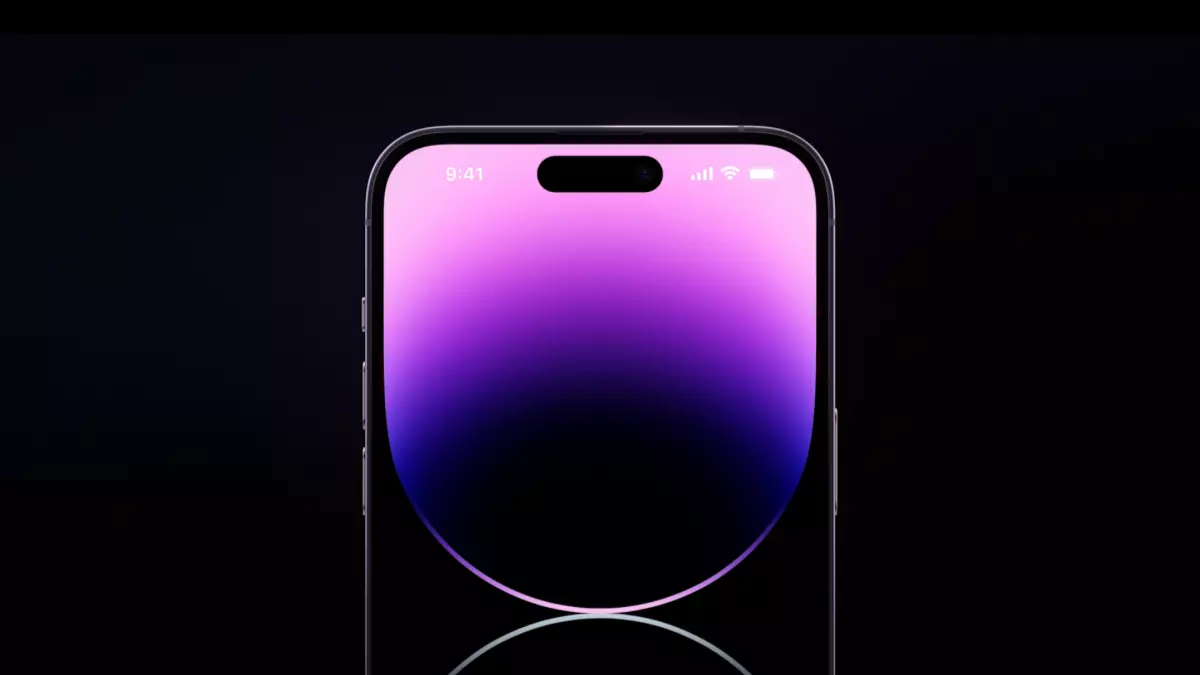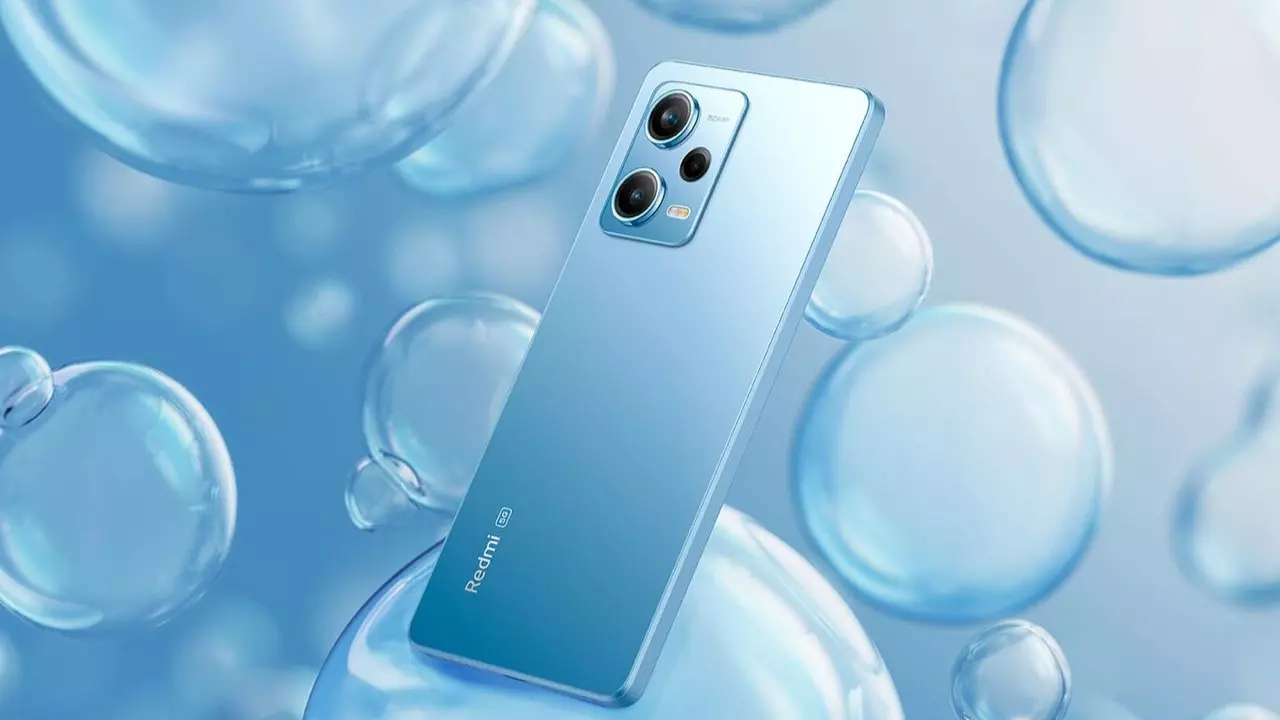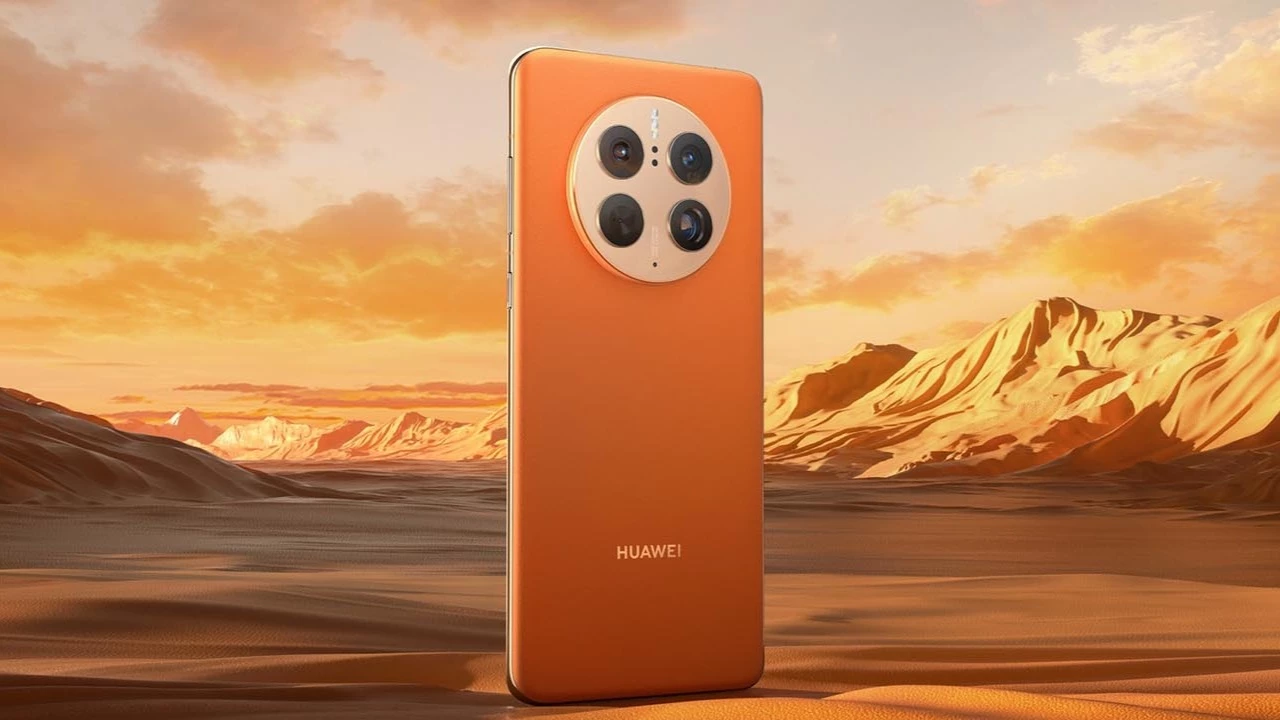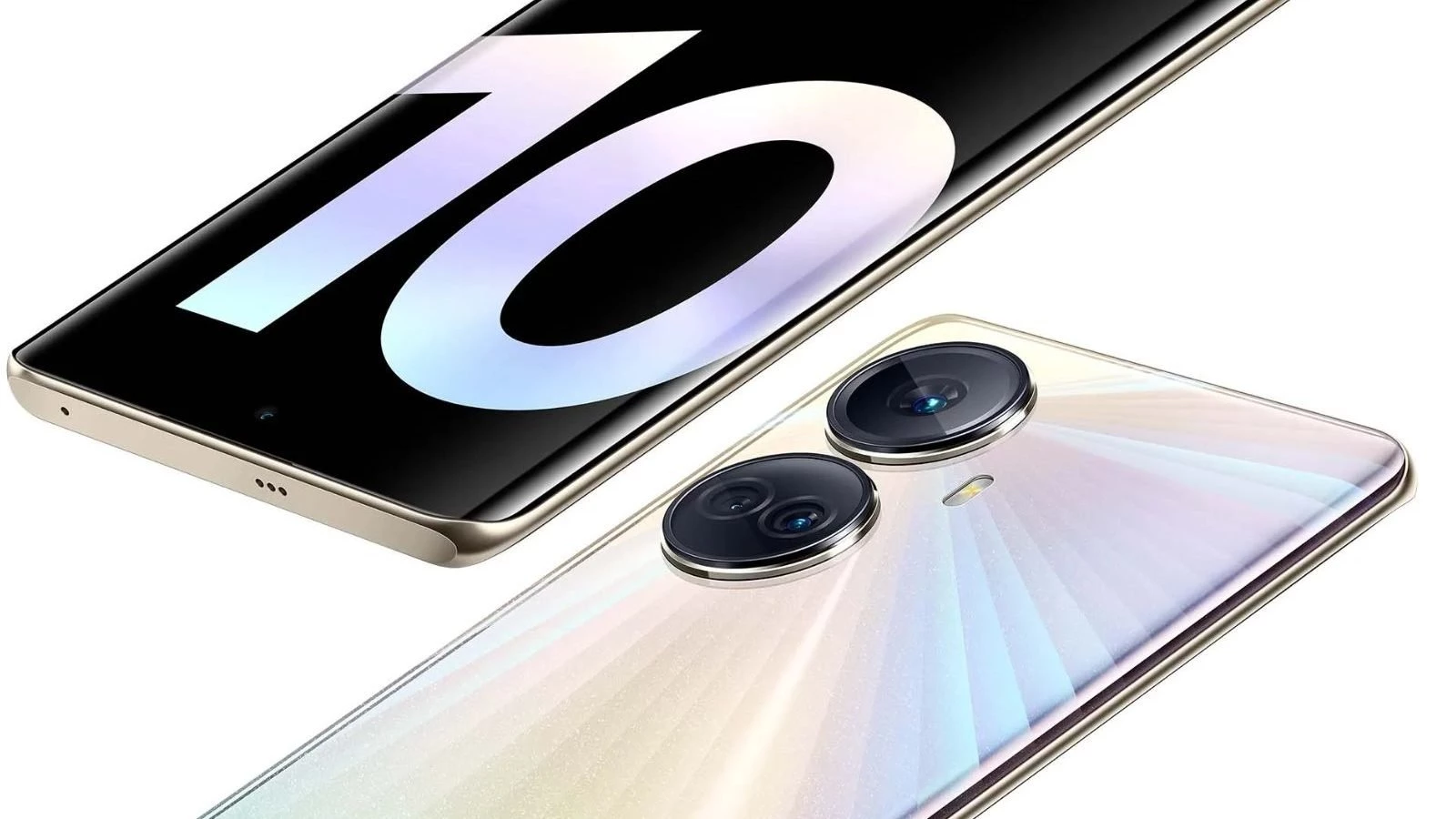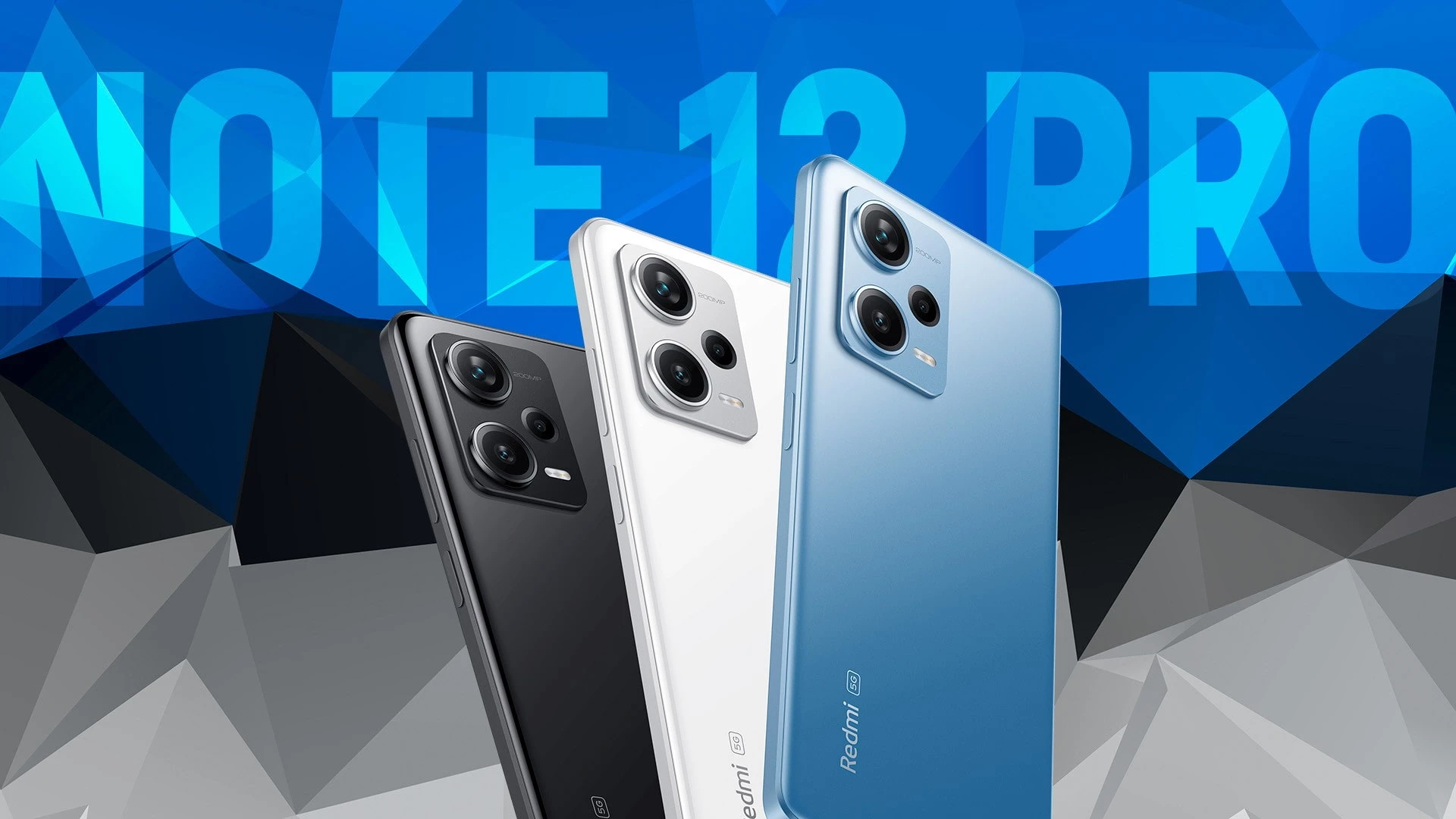Google Pixel 7 Pro Review
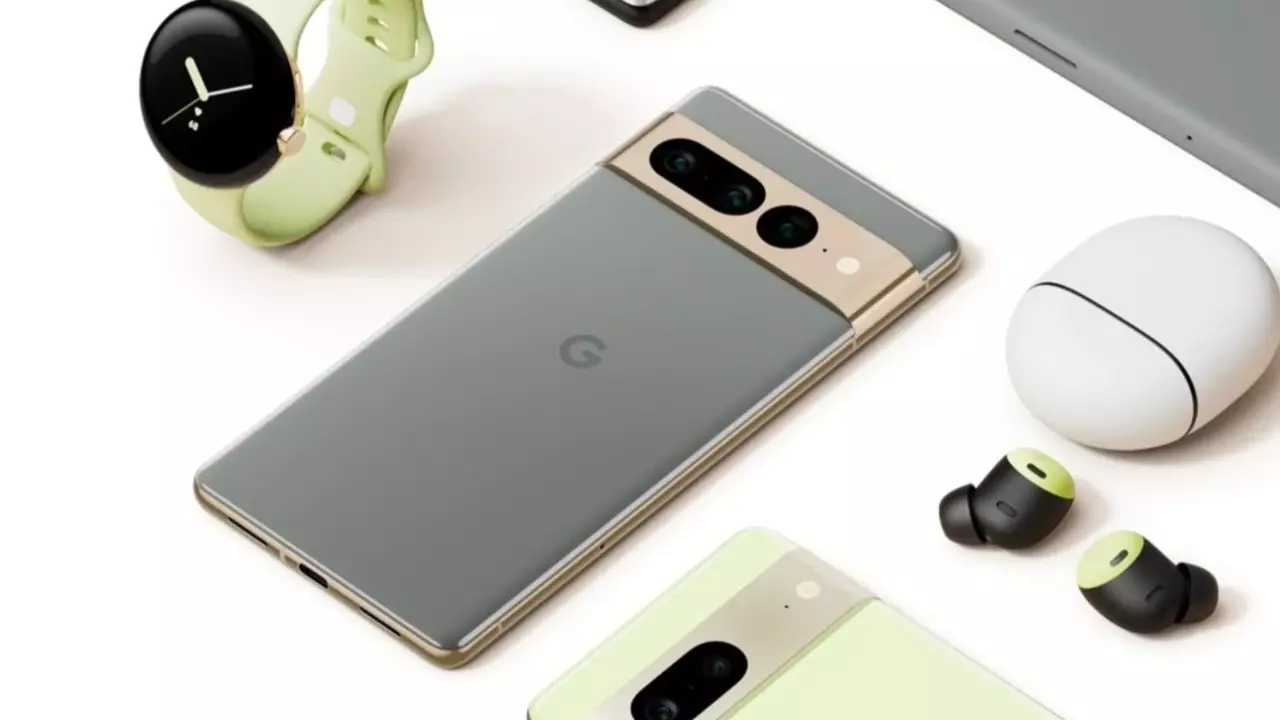
Content
If you are used to large smartphones, no problem. I advise owners of the iPhone 13 Pro, 14 Pro, previous small “pixels” to buy Google Pixel 7 with a 6.3-inch screen. If the “pixel” is hooked, this is the most reliable option. Like any proper snow shovel, The Google Pixel 7 Pro is IP68 water and dust resistant. The smartphone is available in three colors: Hazel (pistachio), Snow (white) and Obsidian (black).
The first is the most unusual, the second is bright, the third is boring. For all the camera block is designed in a protruding area – it looks interesting and saves the smartphone from shaking, when it is on the table, and you are typing. There are stereo speakers, the sound is excellent. Vibration feedback is the best I've seen in smartphones: pleasant, confident, pinpoint vibration.
The lock button is located above the volume button. What kind of pervert came up with this in 2022, when it's the other way around for everyone? Constant misses. USB connector C standard USB 3.2 Gen 2 – and that's great. But it comes with a USB 2.0 cable. If you want to transfer files quickly, buy a new one. And the whole package of the Google Pixel 7 Pro is small. There is no power adapter, a “slow” cable, a film, and a cover – even the most frail ones – were not put.
Luxury display with one flaw
Displays in flagships are already boring to discuss. They even have one manufacturer – Samsung. They differ only in maximum brightness (barely noticeable to the user) and the lower refresh rate threshold. On the Google Pixel 7 Pro it's 10Hz, on the iPhone 14 Pro it's 1Hz.

Characteristics:
- Quad HD. Resolution 1440×3120 pixels (Quad HD), aspect ratio 19.5:9, 512 ppi pixel density going wild;
- LTPO AMOLED. LTPO AMOLED with 10-120Hz adaptive refresh rate;
- HDR10+. HDR10+ support and video shooting in this mode;
- Always On. Always On Display mode;
- 1500 nits 1500 nits maximum brightness (25% more than Pixel 6 Pro).
- Good display. There is no desire to find fault with the display in any scenario. On the street, readability is excellent, the animations are polished to fit the 120Hz screen and look perfectly smooth, the sensor reacts as if even before touch.
There is only one complaint: the automatic brightness is always underestimated, you constantly have to climb into the control panel and manually raise it a little. The middle point seems to be shifted to the right. That is, the slider is at 80% – but this is not 80% brightness, it's 50% brightness. The adjustment is not linear, but exponential. It's confusing. Although the margin for brightness is huge, there are no questions about it.
Camera too smart
At one time, Google Pixel smartphones revolutionized mobile photography. HDR+, Astrophotography, Night Sight modes take photography to the next level with computational photography. Google and neural networks go hand in hand from the first to the seventh “pixel”. And due to this, Google smartphones have always been at the top of the mobile camera ratings. Even despite weak sensors and optics. In terms of the variety of modules and modes, these were the most boring devices.
 Cameras:
Cameras:
- Main unit. 50 MP main unit with OIS, phase detection autofocus, laser autofocus, 1/1.31-inch sensor and f/1.9 optics;
- Optical zoom. 48 MP 5x optical zoom with OIS, 1/2.55” sensor and f/3.5 lens;
- Ultra-wide-angle lens. 12MP ultra-wide-angle autofocus lens with an impressive 126-degree image capture angle, 1/2.9-inch sensor and f/1.9 optics.
Modern smartphones shoot almost the same way, the differences should be considered under a magnifying glass. On the side of the Google Pixel 7 Pro is a phenomenally high shooting speed, smooth switching between modules and clear autofocus. By default, it is tracking: you click on an object, and while it is in the frame, the camera does not “release” focus. Even if you move your smartphone sideways.
The white balance on all modules is the same – this was first achieved by Apple, now Google has pulled it up to the ideal. As you see the world with your own eyes, so then you will see it on a good monitor. Many people like saturated colors, for example, as Xiaomi smartphones do. But “pixels” appreciated by geeks and mobile photographers precisely for naturalness.
However, in my opinion, the best feature of the Google Pixel 7 Pro is Res Zoom. You digitally zoom in on the image and the AI draws in to make sure the quality is perfect. On the iPhone 14 Pro Max, this is how 2x zoom works. More is worse. And here, between 1 and 5, you can safely zoom in without fear of getting a mess: neural networks will restore the picture, as if you have one “long” movable optical zoom in your hands.
The weak feature of all Google Pixels was video shooting. Well, weak – in comparison with the iPhone, everything is drained. But since the fifth series, the situation has improved. And on the Google Pixel 7 Pro, the Activity mode (similar to Action Mode on the iPhone) generally works great. You can run and take pictures of children, animals, without fear of throwing the file into the trash later. You can shoot video in 4K 60 fps on all modules, switch between them during shooting.
But not everything is so perfect. The camera shoots portraits with ~1.7x magnification. It can't be removed. Artificial intelligence works with faces on the “four”. Either because the algorithms are set up, or Google played with the definition of race and skin color (the company focuses on this in its latest presentations) and forgot about the basic rules. But the portraits on both the main camera and the front camera are too contrasting.
AI seems to complete the pores, deepen wrinkles, add “pigmentation” to the skin. This can be especially critical for girls. Uncritical – but noticeable against the background of the iPhone 14 Pro, Huawei Mate 50 Pro, where the portraits look more natural, softer. The front camera has a resolution of 10.8 megapixels, there is 4K 60 fps video shooting and portrait mode. However, the strength of the background blur cannot be adjusted.
The ultra-wide-angle lens here does not stand out from the competition. Typical problems with wide optics and a small sensor: noise in the dark, blurring at the edges. But in general – at the level of the best flagships. There is macrophotography - and it turns on automatically when brought close to the object.
The 5x optical zoom would also miss the stars from the sky if it weren't for Res Zoom. Its quality is excellent. The maximum zoom is 30x. Google wouldn't be Google if it didn't develop software features. For example, through the Google Photos app, you can improve the quality of photos with one button. Even if they are out of focus, old. For example, shot on film 30 years ago. It does not work with all frames, but the result is pleasing.
Fast as a bullet
Independence from third-party companies is a priority for American brands. Like Apple, Google equips its smartphones with proprietary Google Tensor G2 processors. The octa-core chipset with Mali-G710 MC10 graphics won't give a million points in Antutu, but will give odds to other Android smartphones in terms of speed.  Features:
Features:
- Optimization. The smartphone runs smoothly, and the animations are polished to a shine. If your iPhone friend says that all “androids” are slow – just show him the Google Pixel 7 Pro. Of course, take the Samsung Galaxy S22 Ultra or Huawei Mate 50 Pro – everything is smooth there too. But here, pure Android 13 does not carry extra rubbish, and Google finished the shell specifically for itself – and for yourself you always try more.
- Games. Sweet speeches are replaced by surprised when you start demanding games. In the coordinate system of gaming smartphones ASUS ROG Phone 6, Xiaomi Black Shark, the “pixel” is slower, suffers from overheating faster and, as a result, throttling. Genshin Impact starts braking earlier and harder. Google Tensor G2 is not a gaming platform, like Snapdragon 8 Gen 1.
- New standards. RAM 12 GB type LPDDR5, constant 128/256/512 GB type UFS 3.1. The memory is the fastest, which also has a positive effect on the speed of the system. You can insert only one SIM card, there is support for eSIM, Bluetooth. Android 13 system is the latest, and will be updated for at least 3 more years. Security system – 5 years.
- Choice. If you are tired of the iPhone with Apple Pay, and Android is supposedly slow and unstable, you definitely need the Google Pixel 7 Pro. Everything works perfectly here and there is contactless payment.
Long-liver without charging
Thanks to good optimization and a 5000 mAh battery, the Google Pixel 7 Pro manages to squeeze out 1.5 days of work under moderate load. The Galaxy S22 Ultra lasts about as long, the iPhone 14 Pro Max is a standard situation among flagships, in this case progress has slowed down, it’s better to charge every night. Autonomy:
Autonomy:
- Charging. In terms of charging speed, the smartphone went a little further than the “iPhone”: 30 W via wire versus 23 W in the iPhone 14 Pro Max. But he gets the same 50% in 30 minutes. Wireless charging squeezes out 23W – but only from the proprietary distance. Otherwise, 12 watts maximum. There is a 5W reverse charger. Let me remind you that you need to purchase a power adapter if you do not already have one. But thanks to the support of the PD 3.0 standard, it will fit other flagships.
However, Google Pixel fans find their buzz in these smartphones. I speak as a holder of the first generation Google Pixel and a person who returned to the Google Nexus 5 three times. After the flagships of Huawei, Apple, Samsung and others, the Google Pixel 7 Pro leaves a special pleasant aftertaste.
Smartphone has problems (crazy fingerprint scanner, heating in games, shifted brightness), but it works perfectly smoothly, photographs great. And it looks weird. Yes, you can lay a straw and take the usual iPhone 14 Pro. Or the corporately boring and predictable Galaxy S22 Ultra. But if you want to be different, the Google Pixel 7 Pro is a great opportunity to try something new. Do you need a snow shovel? Then Pixel 7 with screen 6, 3 inches and flat glass.
Pros:
- The fastest Android smartphone;
- One of the best mobile cameras;
- Bright 2K 10-120Hz display
- Unique design.
Cons:
- Naughty fingerprint scanner;
- One SIM slot and no memory card support;
- Inconvenient button layout.
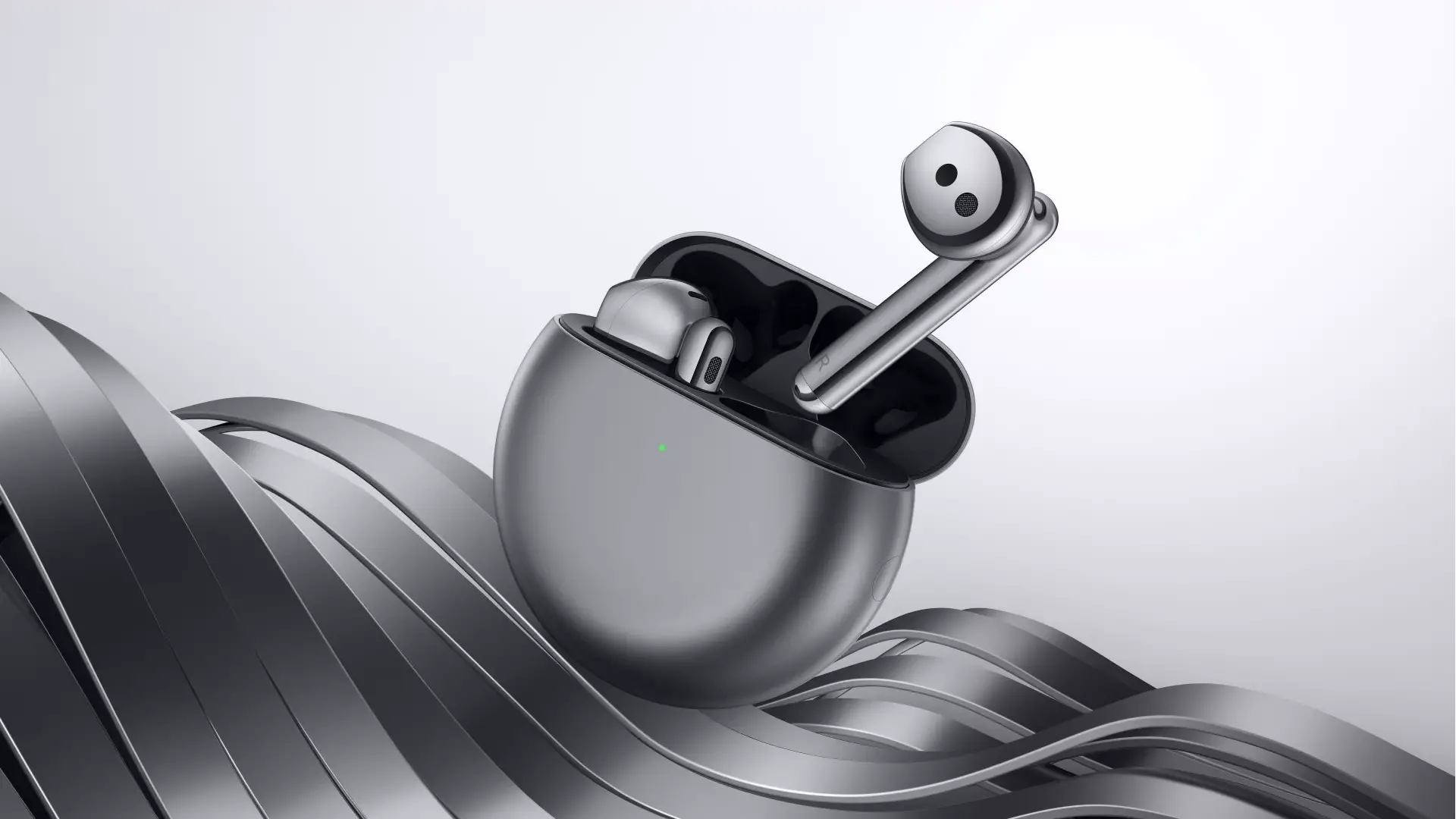 Huawei FreeBuds 4 Review
Huawei FreeBuds 4 Review
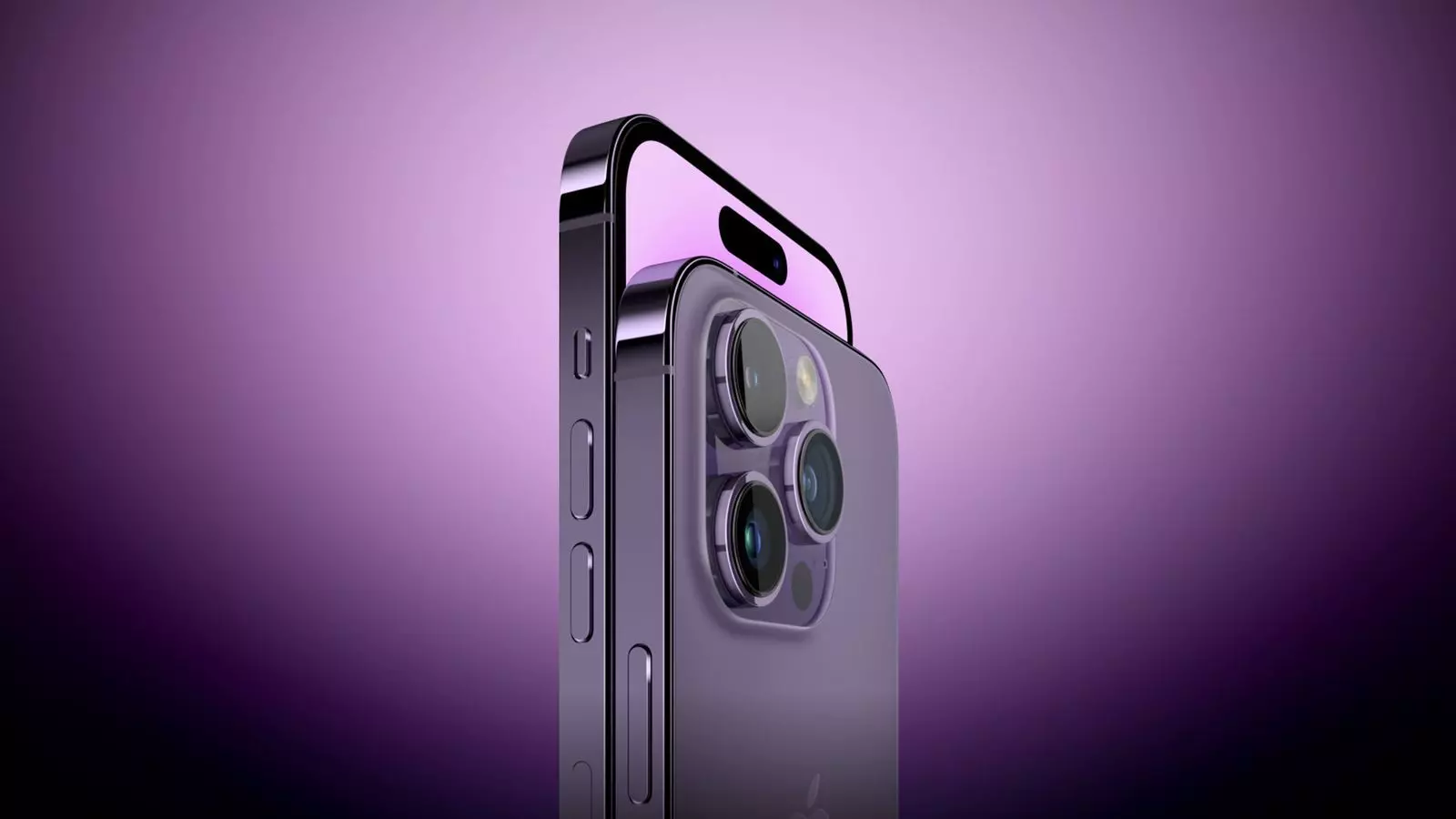 Apple iPhone 14 Pro Max Review
Apple iPhone 14 Pro Max Review

